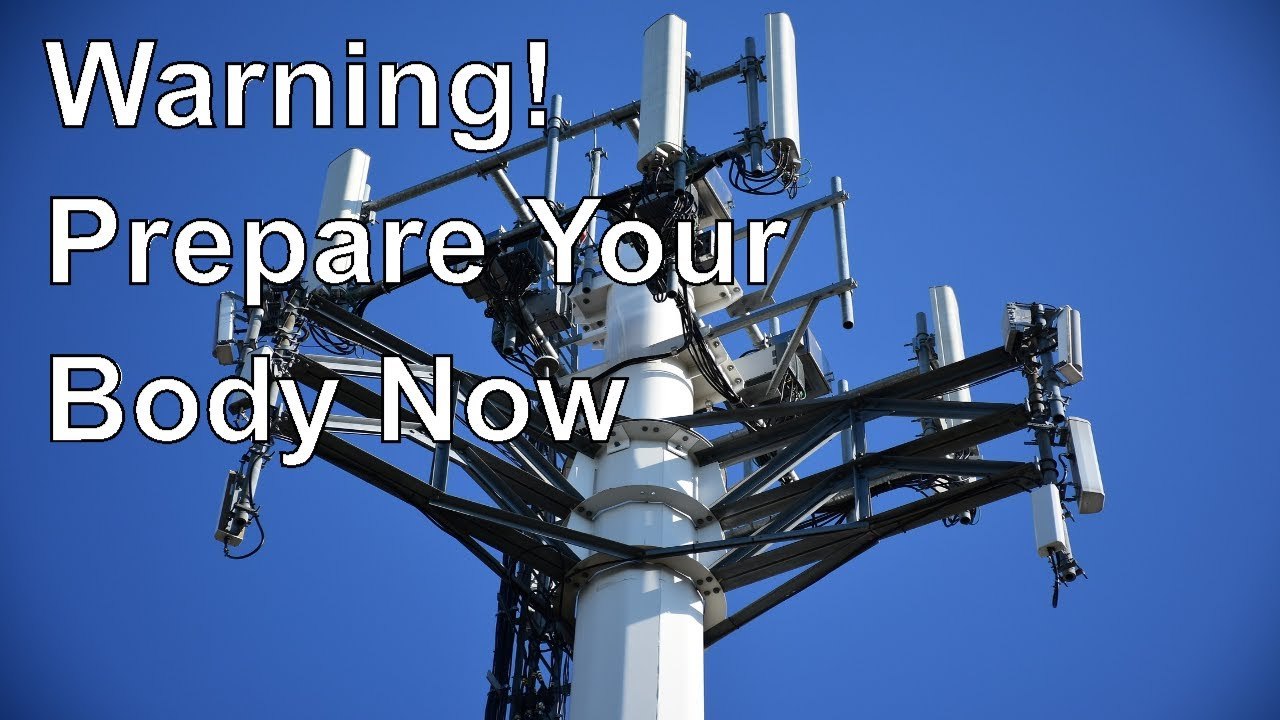The health effects of radiation from 5G are being debated. However, one study has suggested that there is a connection between radiofrequency radiation and cancer in male rats. The study was classified up until it was removed in 2012 by the Central Intelligence Agency, but it shows that radiofrequency can trigger cancerous growth in animal, which includes humans. In the study, researchers subjected male animals to radiation for 15 days and discovered that they developed the same kinds of cancers that human beings do.

Health effects of radiation from 5G
The rapid expansion of wireless communication has led to the development of 5G systems, there are growing concerns regarding the health effects of the radiation from 5G. Although does 5g emit radiation do not affect the body as much as previous technologies, researchers have pointed to possible health effects that are systemic and have called for further studies. To ensure that the population is safe and protected, it is the European Commission is requesting independent studies to determine if this technology could pose any health hazards.
It is important to note that there is a significant amount of misunderstanding about 5G's health impacts, and it is crucial to clear any misunderstandings that may persist. Although the technology isn't yet widely used but there are a lot of people who are being told it can cause health issues mostly through social networks where sensational words are used.
Beamforming technique
Beamforming is among the most crucial technologies used in the 5G wireless networks. It is a method which makes use of multiple radiating elements to create narrow beams. Click here! of beamforming is to reduce the amount of unwanted radiation that is in the resultant signal. This method is widely employed in wireless communication systems and is crucial for the 5G's cost-effective coverage.
The method involves electronic weighting of the individual signals from each antenna. This produces an extremely smaller beam of radiation which enhances coverage of cell phones indoors as well as around the edges of cells. This is crucial as poor coverage can result in lower user satisfaction. In addition to improving the signal beamforming reduces the amount of interference that a user encounters from other devices.
Power density
The energy density of 5G electromagnetic radiation coming from cell towers will be similar to the previous generation of 3G and 4G systems. One reason behind the low power density is the sensitivity of electronic components. The highest radiation output of the 2G handset was around 2 Watts, whereas that of 4G phones was approximate 200 milliwatts.
The power density is the amount of electromagnetic energy that is absorbed by the body from a particular distance. Its power density in radiation 5g is usually expressed in the watts per square metres. Unlike the SAR measurement it is an actual measurement of the quantity of electromagnetic energy in the space. The limits for power density can be different for wearables and mobile devices according to their operating frequencies and distance.
Specific absorption
A Specific Absorption Rate (SAR) is a measure that measures the rate at which a certain frequency deposits power into human tissues. In generally, a SAR is not more than two watts per kilogram of body mass. This figure is derived through the electrostatic field present in tissues as well as the density of mass, measured in kilograms per cubic meter. The method was recent applied to the proposed antenna design.
https://te.legra.ph/5G-Radiation-and-Skin-Cancer-03-31-12 that comprise the 5G network operate in frequencies that are below 6 GHz. These frequencies are also known by the name millimeter wave. However, according to the FCC's SAR compliance test only applies to frequencies that are up 6-GHz. Additionally to that, the SAR test requires that measurements are conducted using phantoms that contain tissue simulating medium.
Skin health and its effects
Currently, we know very little about the effects of 5G radiation on the skin. Our knowledge of the subject is inadequate because of the absence of in-vivo experiments and theoretic models. There is however an urgent need to conduct more studies on the effects of 5G radiofrequency radiation on the human skin. The use of 5G radio frequencies could cause damage to the skin particularly to the epidermis, which is very sensitive.
In contrast to 4G, 5G radiation is a high frequency that has been found to cause heat to human tissues. The human body is dipolar, so the increased frequency of radio waves from 5G can cause heat to the skin. The exposure to radio frequencies from 5G could be detrimental to other organs of the body, like the brain.
